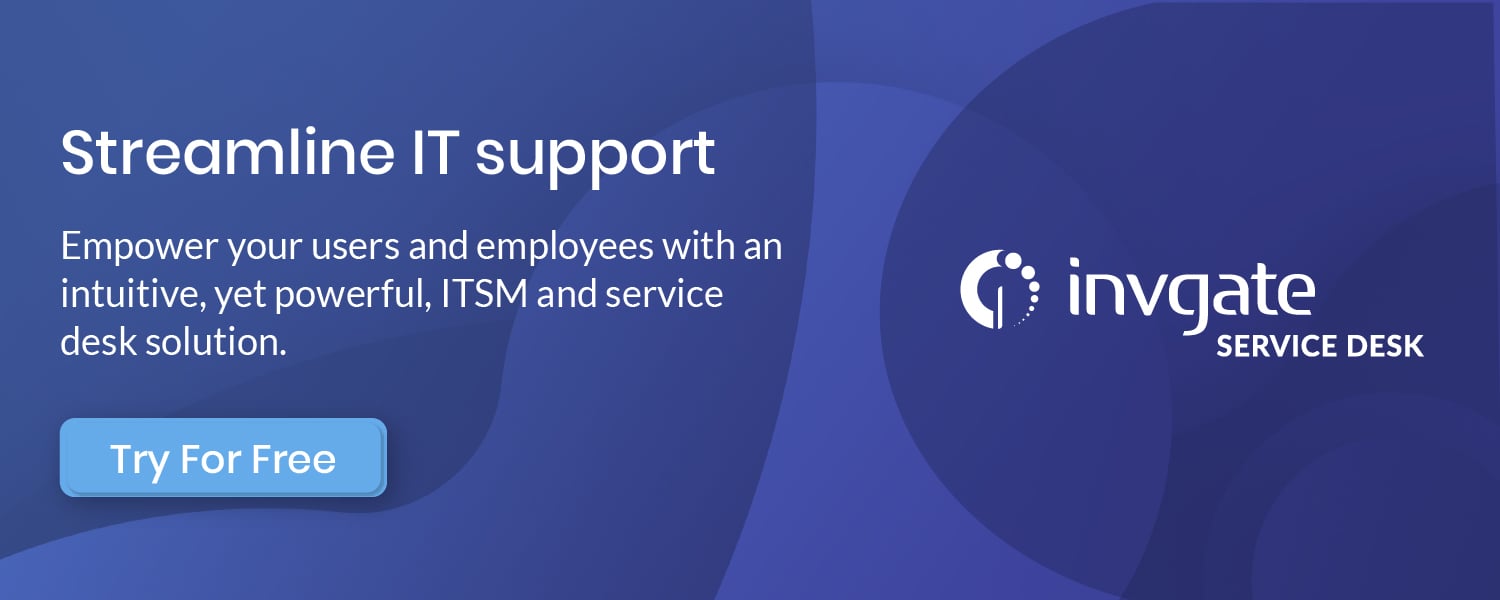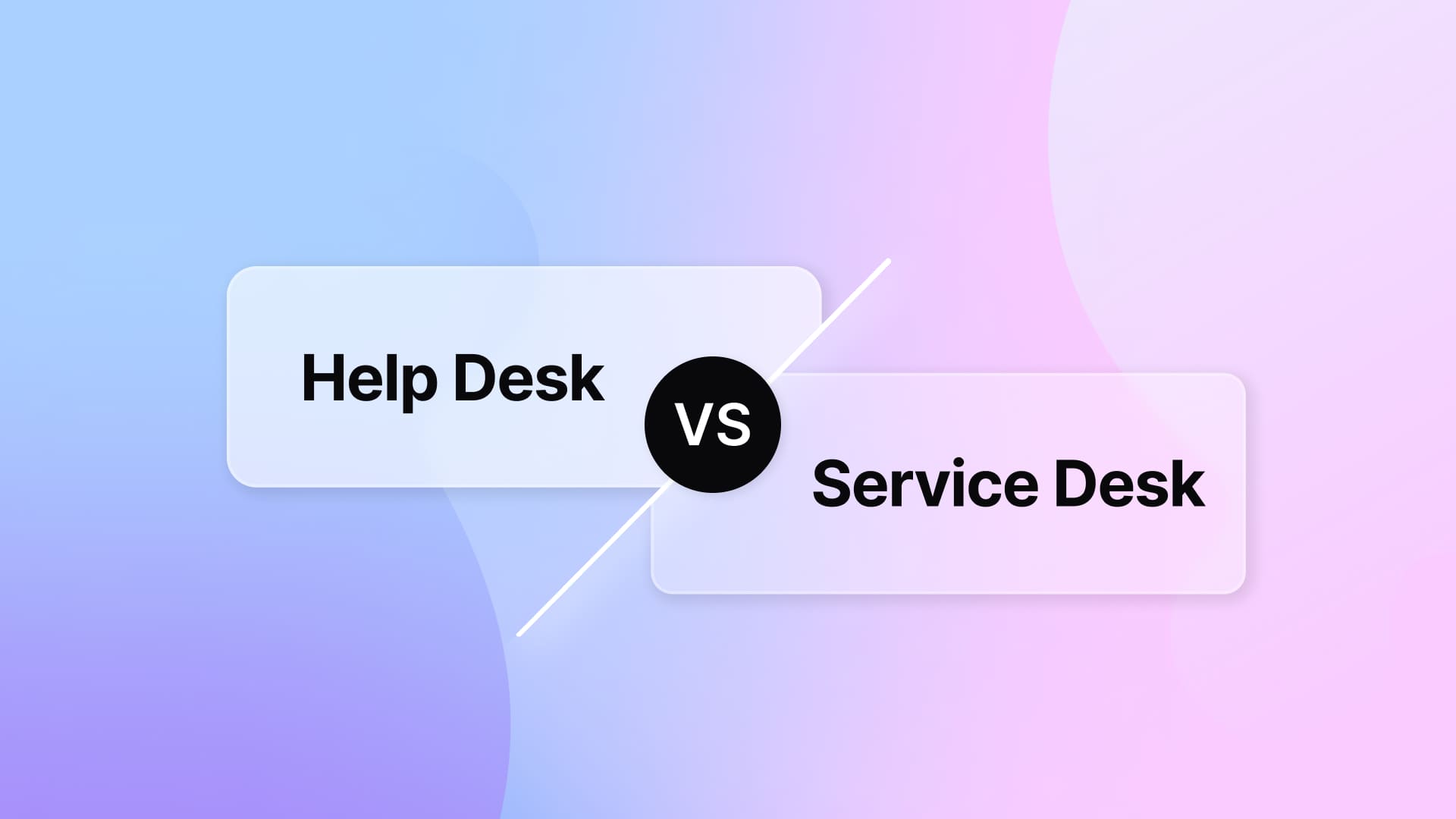The terms help desk and service desk are often used interchangeably, but are they really the same thing? If you're considering purchasing new software for IT support, you might want to give this some thought to choose the tool that best fits your needs.
To start with, as with many things in the world of IT, there are no specific rules that vendors must follow when naming their software. This means that we can easily find products that provide similar functionality under different names. So, while the name may give you a point of reference, it is necessary to look deeper and consider the purpose and use case of each to understand the key differences.
While the scope of each has been established to an extent through the ITIL framework, it doesn’t provide much practical advice on the differences and how to identify each one.
Thus, we decided to oppose help desk vs. service desk to give you a thorough picture of their differences. Keep reading to find out!
What is a help desk?
In simple terms, a help desk allows the IT department to respond to unexpected issues within IT infrastructure or the services they provide.
A help desk is reactionary, and is used to manage problems when they arise, allowing for them to be logged, tracked, and (hopefully) finally resolved. A help desk tool will focus on facilitating the communication between support staff and end users to help solve problems, and its purpose is to keep things running on a day to day basis.

What is a service desk?
A service desk can be thought of a strategic big brother of the help desk. It can do everything the help desk does, but also allow you to plan, structure, and provide the delivery of a wide variety of IT services.
Instead of merely reacting to problems as they arise, service desk software allows for a more strategic approach to IT Service Management and acts as a single point of contact (SPOC) for all IT activities.
Service Desks typically include elements such as a service catalog, which formalize the processes and resources required to deliver a particular service, and allows them to be requested either by an end user or internal customers such as members of the IT department.
In a service desk environment, communication is handled not only between end users and IT, but also internal IT communication as well.
A service desk may also include an expanded scope, and allow for the provision of support services for an entire organization. Also known as Enterprise Service Management, it allows the service desk to expand to areas like Human Resources, Facilities, Accounting, or Legal departments. Other activities may also be included within its scope, such as managing and controlling change in business processes or infrastructure (Change Management).
What is a ticketing system (or an issue-tracking system) and how is it different?
Now we get into a grey area. Occasionally, these terms are used to describe software that has similar functionality to a help desk tool, but typically these solutions have been re-purposed and their core functionality is “bug tracking” or project management for software development.
Ticketing systems (or issue-tracking systems) can be used to log, track, and resolve issues reported by end users. However, being more general in scope, they typically are not the best suited solution to run a dedicated help desk or service desk.
Their lack of a fluid interface, reporting, and additional service oriented to features such as a knowledge base, Service Level Agreements (SLAs), or Customer Satisfaction Surveys makes them less capable than a dedicated help desk or service desk software, and are ultimately less efficient and harder to modify and maintain.
![]()
Final thoughts
As you can see, both help desks and service desks share functionalities — such as improving communications, organizing IT support, and managing issues related to the IT infrastructure and its services.
However, if we look past the surface and dig a bit deeper, we start to see what sets them apart. To sum it up, we can say that the main difference between a help desk and a service desk lies in the strategy.
While help desk tools are reactive — meaning that they act once an issue has occurred —, service desk software allows organizations to set up a strategy, and widen the scope to prepare for issues long before they arise.
Plus, it provides companies with more features (like a knowledge base and a service catalog) and makes them easy to extend the platform to other areas of the company — facilitating the implementation of an enterprise service management strategy.
